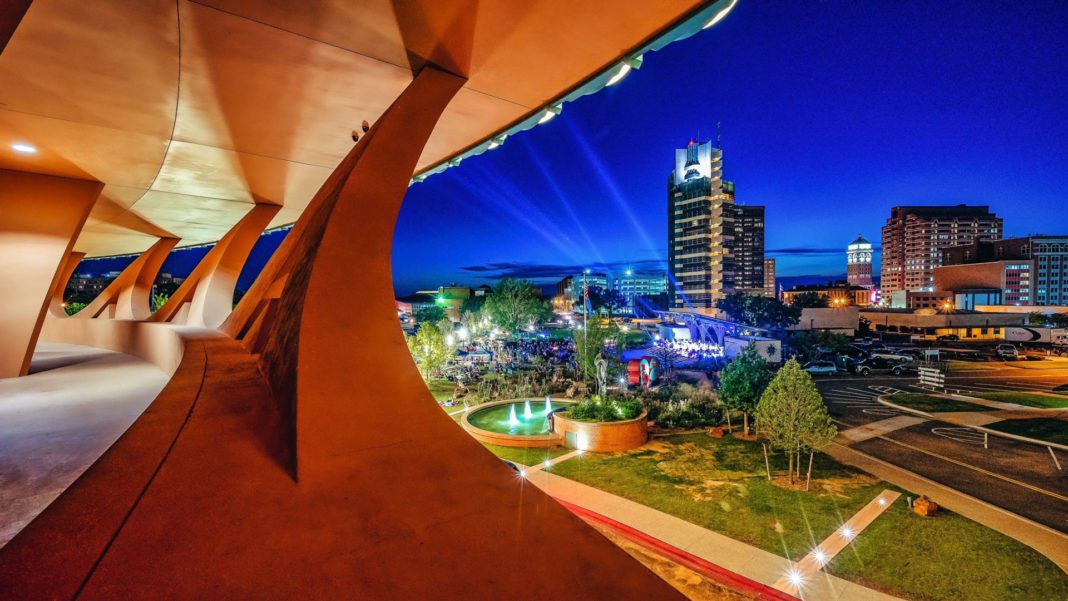Beloved Oklahoman Will Rogers once said: “America is the land of opportunity, and don’t ever forget it.” In the same spirit, the Oklahoma Department of Commerce (known for short as ‘Commerce’) seeks to create an environment where businesses can thrive and Oklahomans can secure high-quality jobs, by leading business recruitment activities, economic research and workforce development programs.
Despite the impact of COVID-19, Brent Kisling, the executive director of Commerce, says that the organization has entered one of its busiest seasons yet, overseeing 110 active projects and 44 business incentives across the state.
“The real purpose of our work is to make sure that we have opportunities for the next generation to stay closer to home and keep families together,” he says.
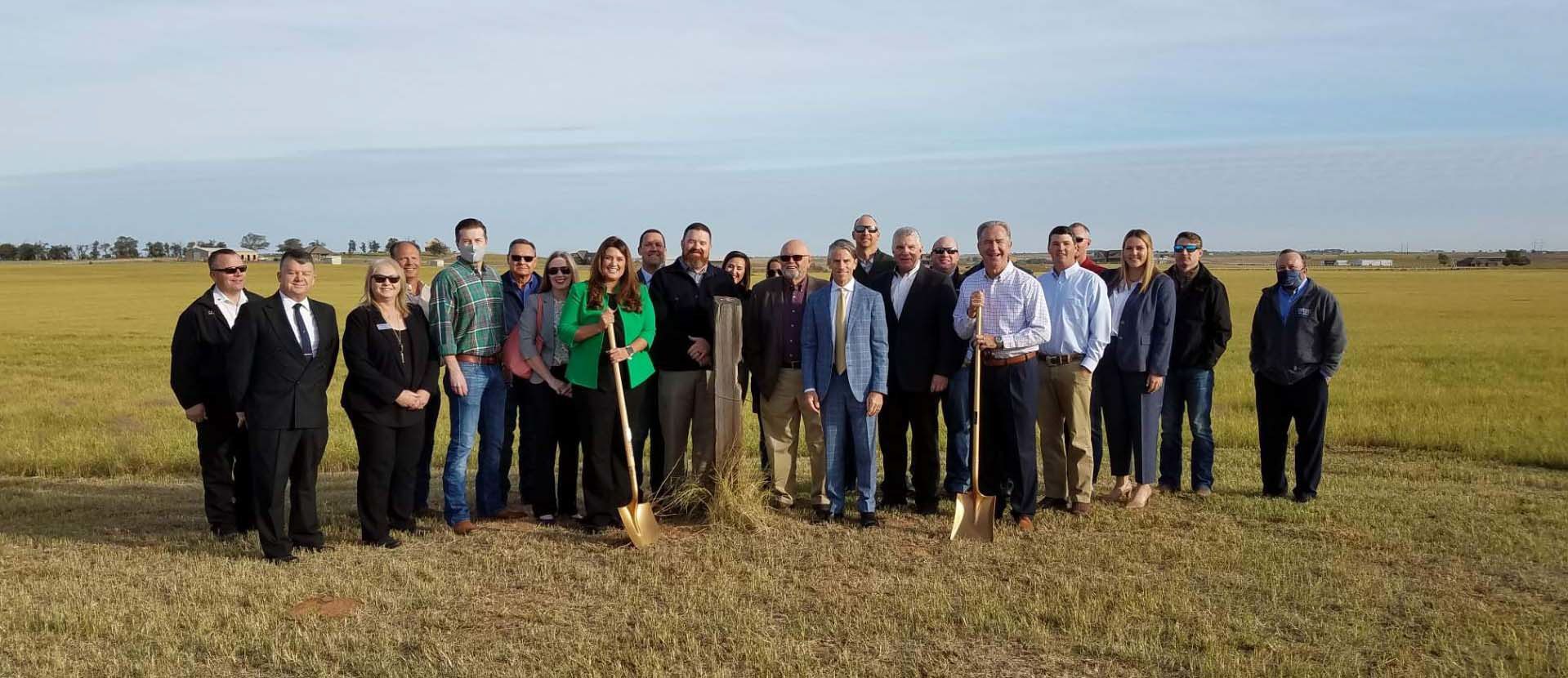
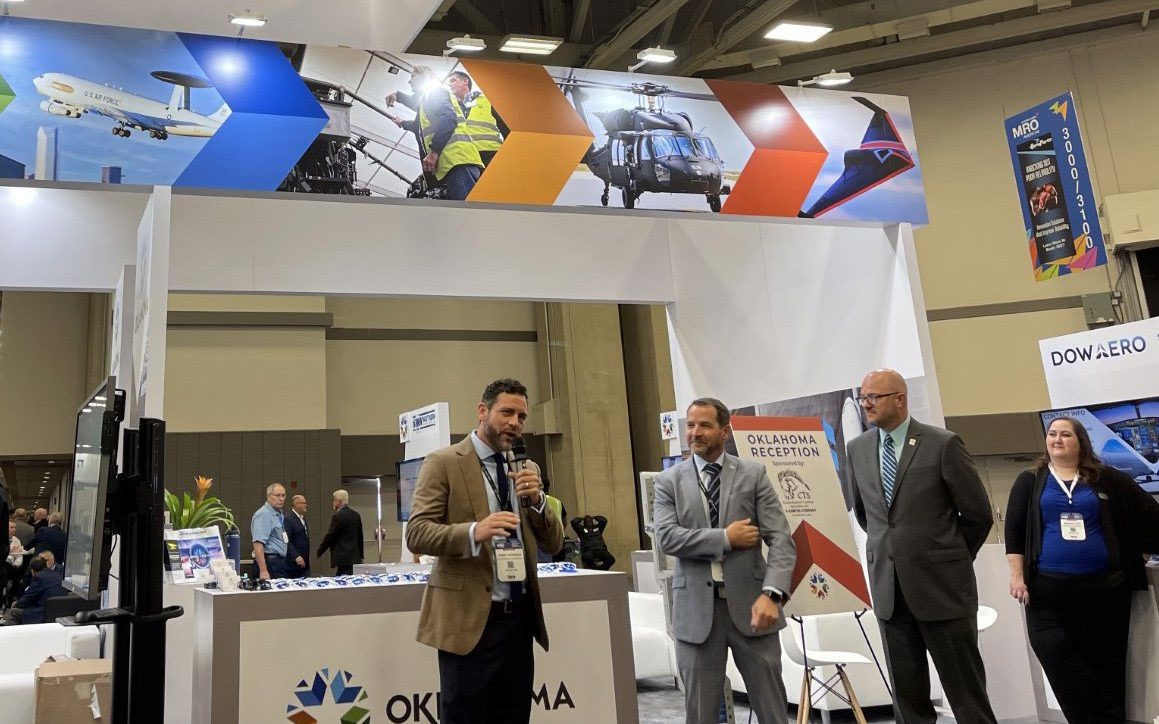
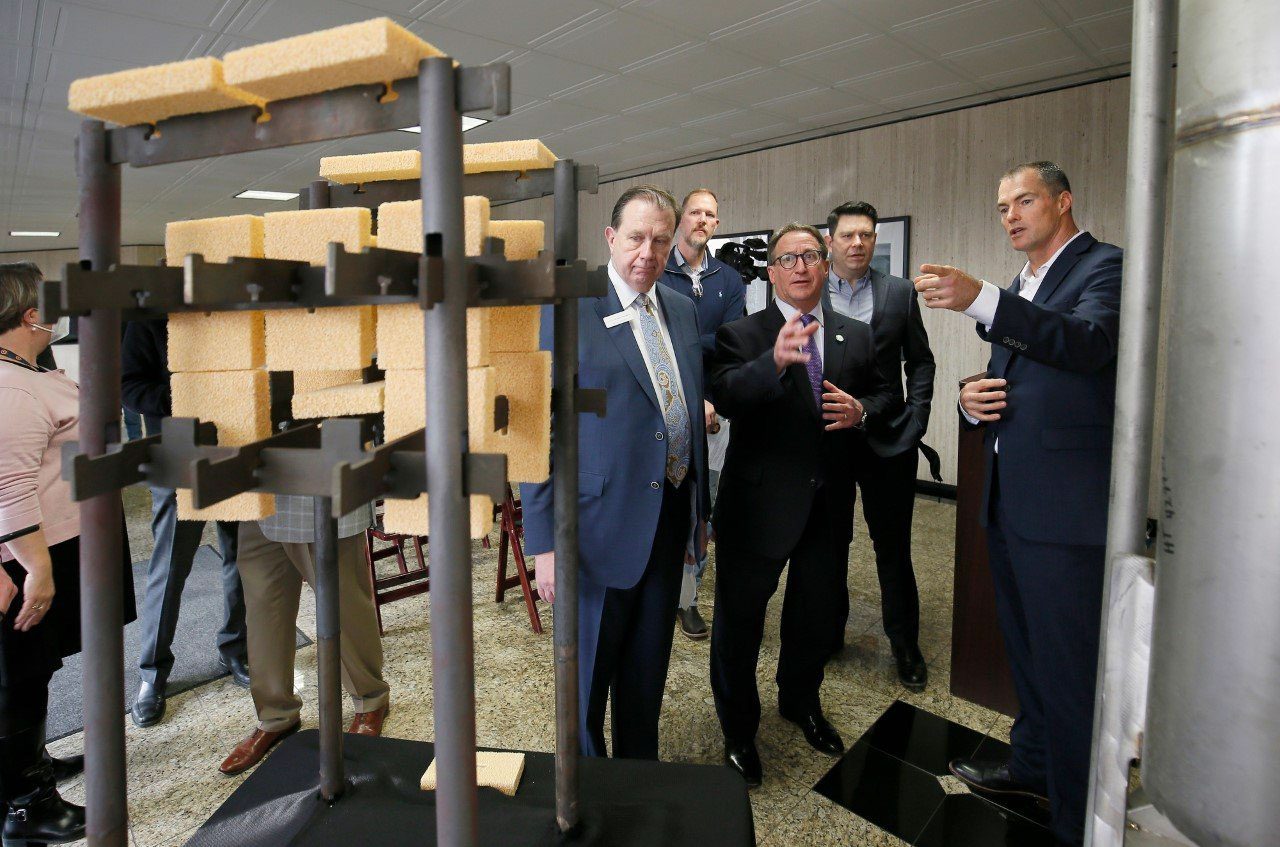


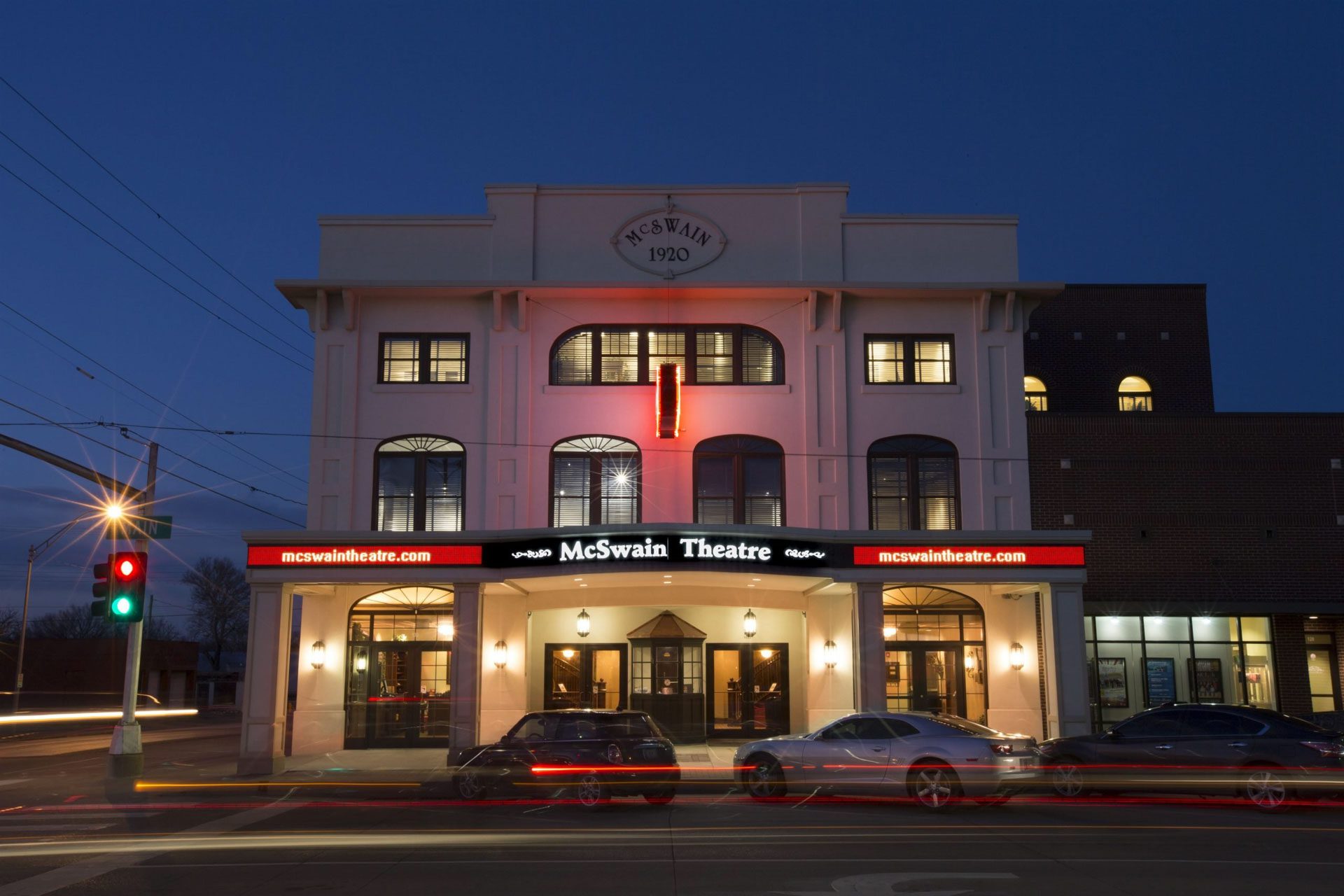
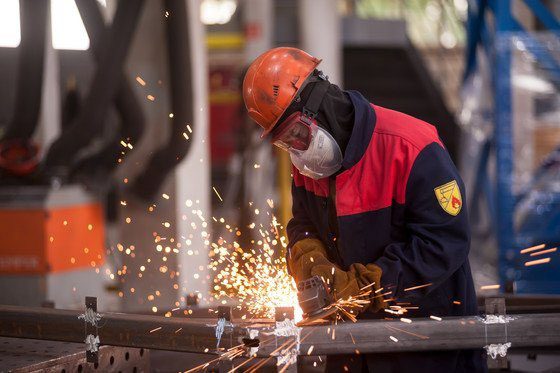
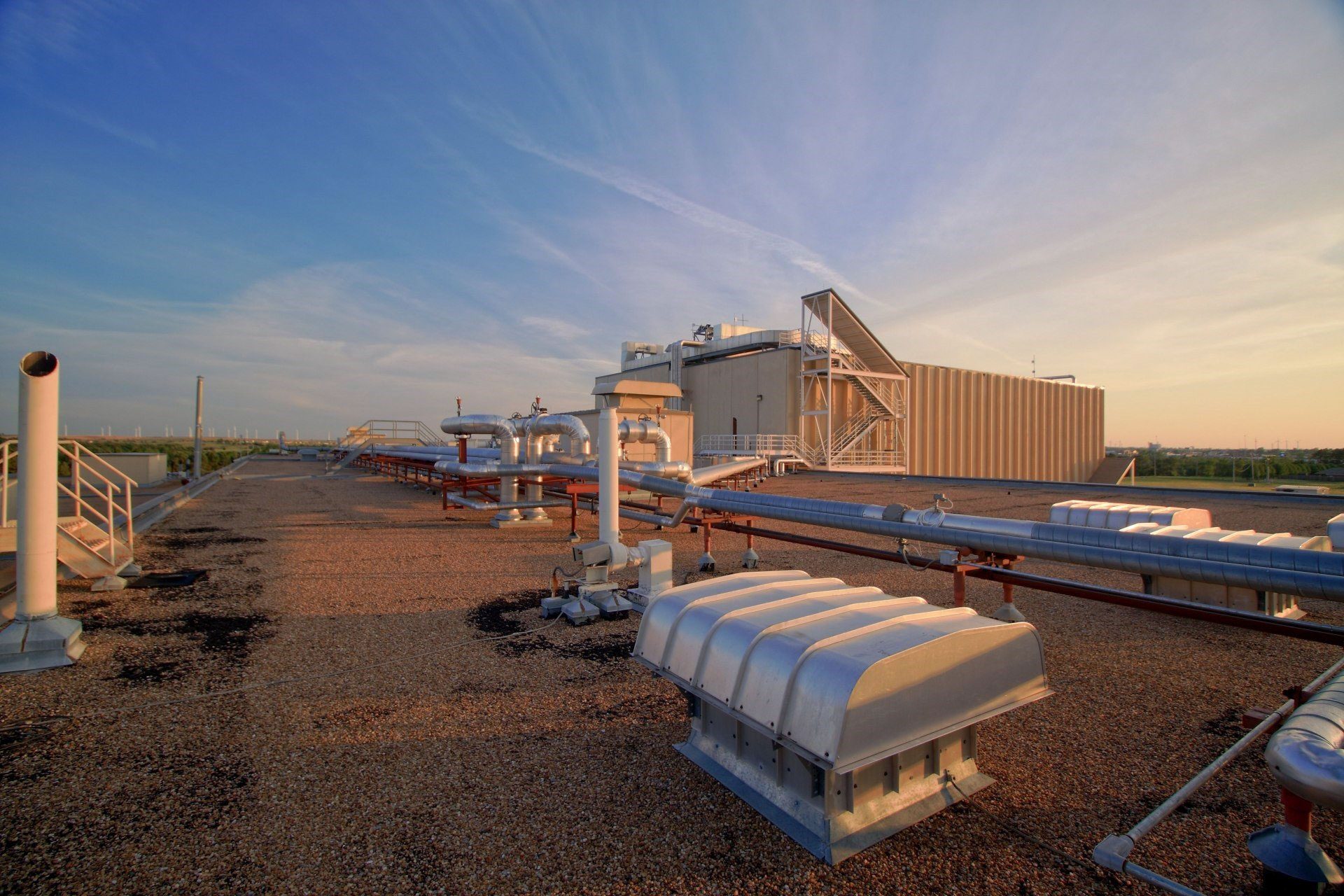
Photos courtesy Commerce
Growing the Organization from Statute
Founded from state statute, Commerce has undergone several changes over the years to carve out its own set of responsibilities. Before 1972, Commerce and the Oklahoma Department of Tourism and Recreation both existed under the same umbrella. Now, Commerce stands alone as its own, fully fleshed state agency with approximately 100 employees.
Currently, most of the department’s operations focus on business recruitment and retention.
“Business development is about 35–40% of what we do,” says Jennifer Springer, director of business development. For instance, Commerce offers site selection services, which help businesses decide where to locate by assessing the infrastructure in certain areas.
“We have around 25 top sites that are close to shovel-ready,” says Kisling. “In most cases, sites are owned by a local community, and the city can’t afford to put in infrastructure unless there’s an actual project moving in – and projects aren’t going to come unless there’s infrastructure already there. We’ve got a chicken and an egg situation, and we’re trying to break that cycle.”
As a part of its strategic plan, Commerce has further intensified its recruitment efforts by employing industry-specific recruiters who can provide first-hand experience working in different fields. These recruiters target businesses across five growing industries: automotive; aerospace and defense; energy; pharmaceutical manufacturing; and food and agriculture.
“We’ve had an aggressive campaign to recruit these [types of] companies for the last 7 years,” says Springer, “and it has been very successful.”
In 2021, the department helped relocate 64 businesses to Oklahoma. Around 48% of those relocations are in rural areas, where job creation is needed most.
Solving the State’s Economic Challenges
Regardless of Commerce’s successes, the organization still faces hurdles in maximizing Oklahoma’s economic prosperity. One of the biggest goals includes increasing workforce participation rates, which sits at 60.1% as of January 2022.
Springer says that Oklahoma’s low cost of living is one of the many factors for low workforce participation, as many households can survive on a single income. To solve this problem, Commerce has adopted several strategies, including lobbying for expanded childcare support and working alongside institutions of higher education to create degree programs for in-demand jobs.
“The national [workforce participation] average is about 63%,” says Kisling. “If we can get that up to that average, that would be another 40,000 people in the workforce.”
Supply chain issues are another barrier. In 2021, Commerce partnered with the Oklahoma Manufacturing Alliance to launch Connex Oklahoma, a database that lets manufacturers search for available parts and requests for proposals.
As of 2022, the database has over 500 registered manufacturers, and it has helped local suppliers identify opportunities to work with other businesses, such as producing aerospace parts for NASA.
“We were one of the first states to launch this platform,” says Springer. “Now we’re mentoring other states that are looking to do something similar.”
The department has also been working toward building a strong, unified visual identity for Oklahoma that will be used across all state-agencies’ communications. In collaboration with state leadership and 140 creative teams, Commerce facilitated the design of the state’s new brand, which includes a logo, tagline, color palette and other components.
Commerce announced the completion of this project in 2020.
“We’ve spent the last 3 years creating a brand logo,” says Kisling. “If we’re going to market our state, we have to have a consistent brand.”
To the Horizon
Looking to the future, the team is excited for the opening of electronic vehicle manufacturer Canoo’s new mega microfactory in 2023, which will create over 2,000 jobs. Canoo selected Pryor as the location for its factory after engaging with Commerce and learning about its Automotive Accelerator Program, which includes expedited permitting, tax credits and other benefits.
Businesses interested in learning more about Commerce’s diversity of programs and incentives can contact one of its representatives by visitingokcommerce.gov. Likewise, Oklahomans can keep tabs on local developments by subscribing to the department’s newsletter or following its social media.
“I absolutely love getting to work with our communities and see the innovative things that they’re doing,” says Kisling. “Oklahoma is the best place in America to have a great idea and turn it into a business.”






















